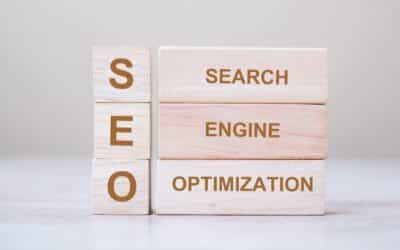How to Use SEO Best Practices to Boost Your Website’s Visibility in Search Engines
Choosing the right SEO best practices can make a big difference in the amount of traffic your website receives. These include optimizing your images for fast loading and tracking clicks and impressions. You can also use Title tags, Meta descriptions, and Internal linking to boost your website’s visibility in the search engines.
Title tags
Title tags are an extremely important part of SEO. Not only are they used by search engines to determine relevancy, but they’re also crucial to improving the user experience of your website. If you don’t optimize your title tags, you’re missing out on an opportunity to drive traffic to your website.
The title tag is the first thing that Google shows in a search result, so it should be a key part of your overall SEO strategy. You should have a unique title for each page on your website. This will help search engines understand the value of your website, and will increase your page’s click-through rate.
A good title should contain a descriptive keyword phrase. Try to fit your keyword into a three-word format, and include adjectives. It’s also a good idea to add a bit of punctuation.
Meta description
Meta descriptions are a critical component of your SEO efforts. They offer a glimpse of what your page contains and encourage users to click through to your site. Creating a compelling meta description can improve your CTR and increase your conversion rates.
There are a number of ways to craft a great meta description. One technique is to use an active voice. This means your tone of voice should resonate with your target audience. You should use words that are direct and relate to the topic of your page.
It is also important to include your focus keyword in your meta description. This will help search engines index your page and will make it more likely to appear on the first page of results.
Internal linking
Internal linking is a key part of SEO best practices. It is a great way to distribute link juice throughout your site, strengthen the hierarchy of your pages, and boost your search rankings. But not all internal links are created equal.
While the primary purpose of internal links is to pass link juice, they also tell Google which pages are most important. So make sure your internal links are relevant and useful. This will make your website easier to use and increase your conversions.
The best way to get the most from your internal links is to create a strategic structure. Your site’s structure should be organized around categories and key topic areas. Creating breadcrumbs is a good way to improve your site’s internal linking structure.
Optimizing images to load quickly
It is important to optimize your images for the web to ensure that they load quickly. This will improve your UX and can help your website perform better. While this can be tricky, it’s not as complicated as you may think. In fact, there are several tips and techniques that will help you achieve this.
If your site has large images, they can have a negative impact on your user experience. Large image files can also slow down your website and negatively affect your SEO rankings. To avoid this, try reducing the size of your images.
Images can take up too much storage space on your website. Using compression can allow you to retain the same quality of the original image while reducing the file size. You can experiment with different compression techniques.
Tracking impressions and clicks
Increasing the number of impressions and clicks your site receives is also a great way to increase traffic and improve your rankings. However, it is important to note that these metrics are only meaningful if your site is indexed and your traffic source is organic. Luckily, Google provides an easy way to check out your engagement metrics with the Google Analytics dashboard.
Impressions are counted when your URL appears in a SERP. In some cases, you may have to scroll to see your ad appear, which will only count as an impression. Impression numbers are not the same as click numbers, as you won’t get any clicks if your URL is not on page one.
If you have an account with Google Search Console, you can get access to an impressive dashboard that will show you all your metrics, including impressions, the most clickable snippets, and a list of all your keywords and keyword groups. The best part is that you can easily analyze this data to improve your site’s ranking.





0 Comments